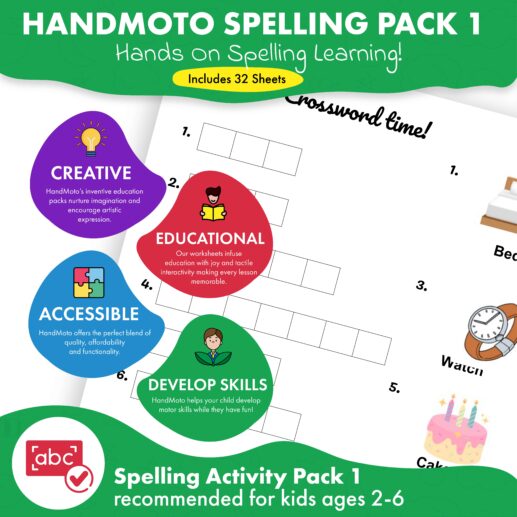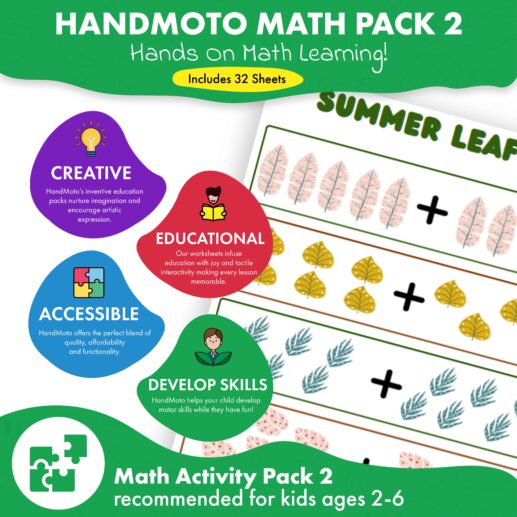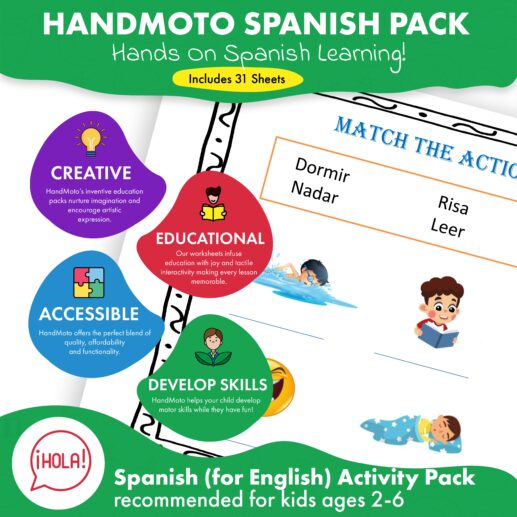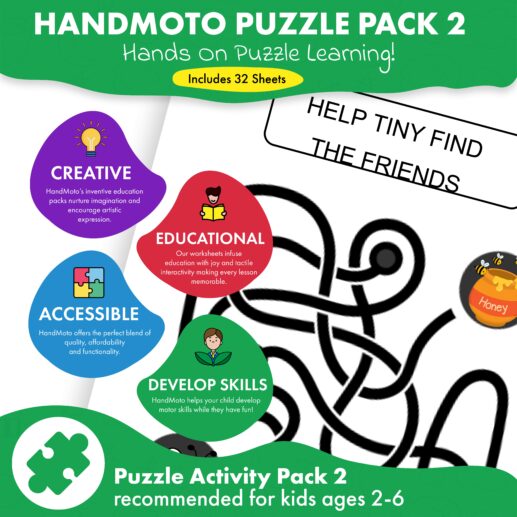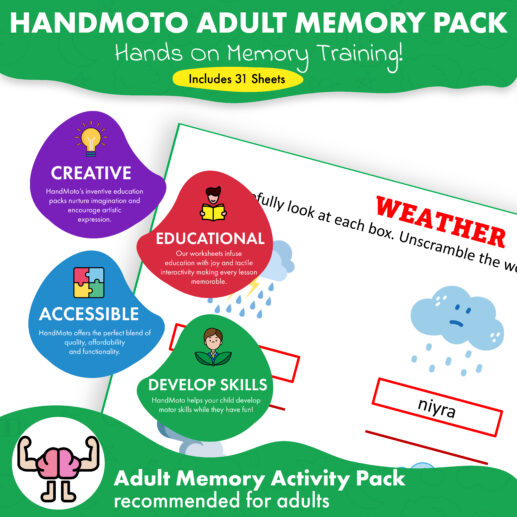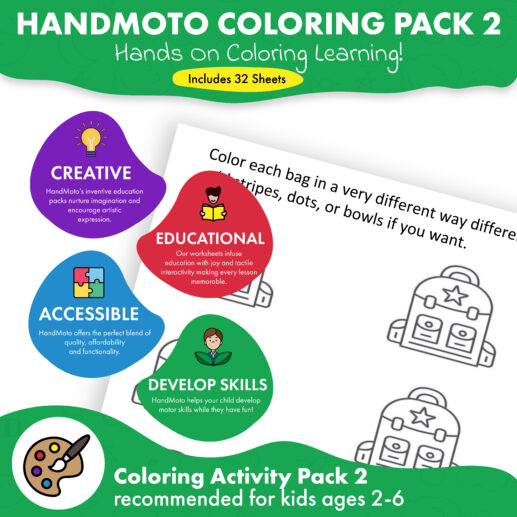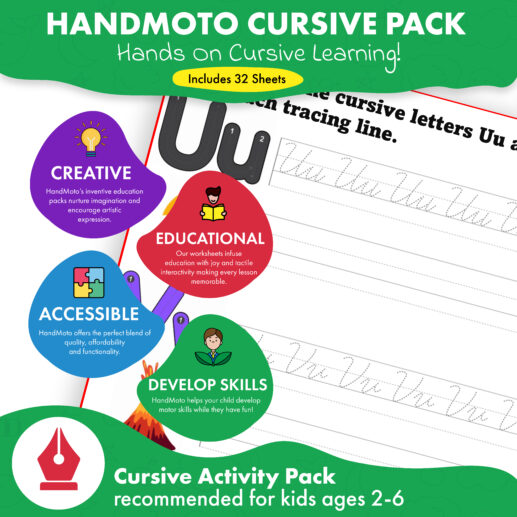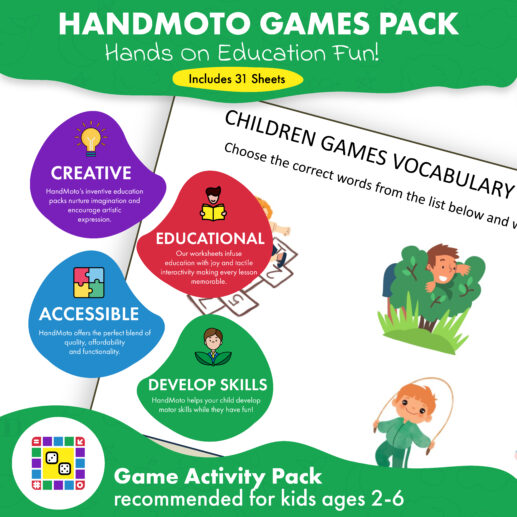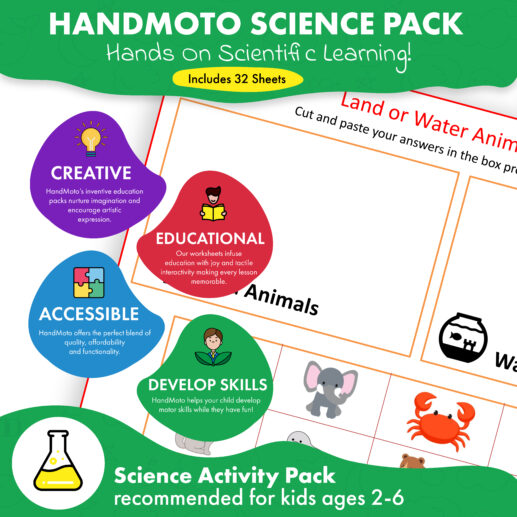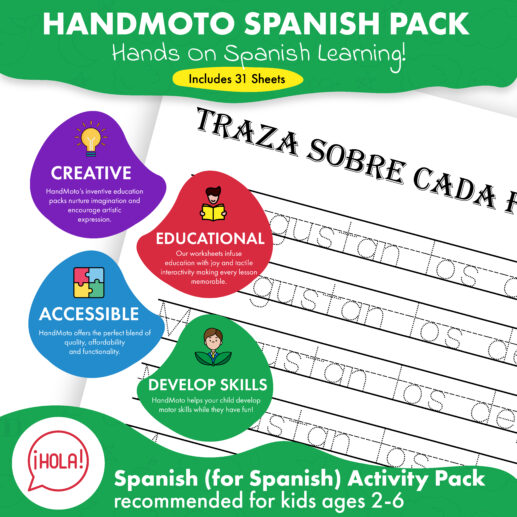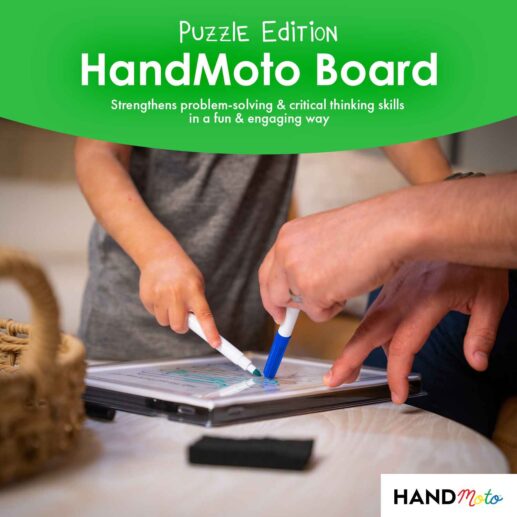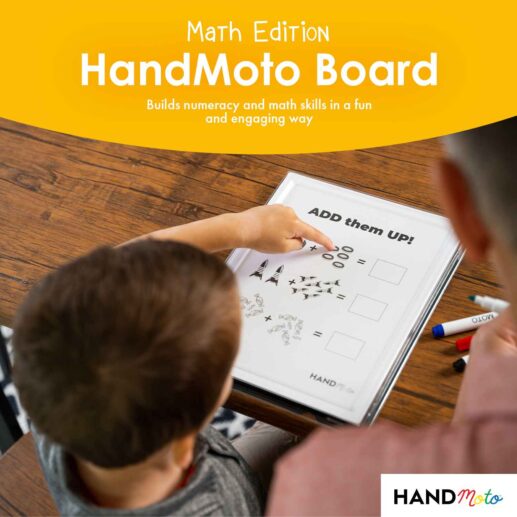Parenting is a hard work. In the early days, it is sleepless nights, but later on, it is not getting any easier because now you have been promoted to be the first teacher for your kids. Everyone wants their children to be active and willing to explore the world around them. Of course, it starts with a base. So, let us find out how parents can support learning at home.
The very first thing is forming a healthy and effective daily schedule. The thoughtfully constructed routine will keep your child healthy and energetic, hungry for new knowledge. Speaking about hunger. The next crucial part is a balanced diet rich in vitamins and minerals. Now, let’s move to less well-known things because fulfilling your kids’ basic needs is a lot of work, but not everything you can help them with.
Room for studying is a must. The cozier, the better. A place for doing homework should not awaken negative emotions. But it is not only a time and space issue. It is also about your participation in a process of learning. Parents are gods for their children, so you can encourage them to explore more by personal example.
Establishing a Positive Learning Environment
Children learning at home require a proper environment because it can affect their performance and overall well-being. So, what does a good study room look like? It is not a one-size-fits-all question, and the answers can drastically differ depending on many factors. But do not worry here is a list of things you should consider while establishing a learning space.
- Distinguish learning areas. It can be a corner in the living room, a desk in the bedroom, or even a kitchen table. The most important thing is to make children accustomed to it. So, when it is time, they go to their learning space and instantly get in the right mood for work.
- Organized setup. Children’s learning space should be clean and neat. It can be one of their first serious responsibilities to clean up the mess after themselves.
- Comfortable seating. Good posture is a privilege in our high-tech age, and a comfy chair and a table with the right height are not an enormous price for it.
- Good lighting. Natural light is the best, but a desk lamp can easily replace it. The most important thing is intensity and brightness. Decent lighting prevents tons of sight problems.
- Minimal distraction. Electronic devices and toys easily break even the best concentration. That is why they should be out of reach while learning.
- Personalization. You can suggest your children decorate their learning place. Its appearance should bring them joy and make children more enthusiastic about spending time there.
Routine and Structure
Consistency is a key. It is an old saying, but it works well, especially with children learning from home. A structured everyday routine gives them stability and improves their ability to stay focused. A regular schedule helps children develop good study habits and skills such as time management and concentration. This set is a great help in gaining academic success.
Here is a sample routine table to guide you:
| Time | Activity |
| 3:00 – 3:30 PM | Snack Break |
| 3:30 – 4:30 PM | Homework/Study Time |
| 4:30 – 5:00 PM | Outdoor Play/Physical Activity |
| 5:00 – 6:00 PM | Learning Activity (e.g., reading) |
| 6:00 – 7:00 PM | Dinner Time |
| 7:00 – 8:00 PM | Free Time/Relaxation |
| 8:00 – 8:30 PM | Review Homework/Prepare for Bed |
Like in the case of learning space, there are billions of good and decent answers. You should figure out what works best for your children and find a balance between proper rest, playtime, and study load. Sticking to the routine will be a good training of discipline and willpower, so you definitely do not want to miss it.
Engaging in Your Child’s Education
Parents are the first and most important teachers, and with the start of kindergarten or school, their work has not been done yet. Other people and teachers will come into your children’s lives, but your role is irreplaceable. And now your task is to support them at home and to help them at school.
Your active engagement in the learning process will help children form natural and healthy lifelong learning habits, encourage them to discover new things and share their experiences with you. Here is a list of the most common ways to participate in their learning journey.
- Regular communication. You can discuss the day at school and the new things they learned. As a parent, you can be their guide and counselor.
- Creating a learning-friendly environment. You can help your children organize their well-lit and noise-free learning space.
- Attend school events. Your presence at school meetings, plays, and concerts will make your children feel your support. It is a great way to encourage them to try their best.
- Set goals together. Children love to win, but they can be easily carried away with ambitions. In this case, you may help them to set more realistic goals. It is vital to be present in their lives in this way. So you can celebrate victories together.
- Utilize resources. You can explore new learning techniques or find useful educational apps or online resources. Sharing them with your children will help you to be on the same page.
- Encourage curiosity. Children are more willing to learn something new when they feel your support.
The learning process is challenging and rocky. But when you are together, it can turn into a real adventure. By actively participating in your child’s learning, you empower them to succeed. And at the same time, you form a firm and deep connection between you.
Communication with Teachers
School-Home connection is a critically important thing. Many parents pay less attention than they should. Starting a kindergarten or school is all about socialization and learning. If you pay close attention to children’s behavior in these places, you may notice many new things about them. Luckily, you can count on teachers. They are professionals and provide you with all sorts of information, from general advice on how to help your child succeed in school to their own observations.
The environment in a study group is also a thing worth noticing. You can check it by attending parent-teacher meetings. Preparing for this event, you may follow the next steps
- Prepare a list of questions and topics you want to discuss.
- Take notes during meetings.
- Discuss ways you can help your children to study.
- Thank the teacher for their time and commitment.
For all private matters, it is essential to keep in touch with the teacher through different channels, such as e-mail or cell phone.
Supporting Academic Skills at Home
Does the learning process end at home? Of course, no. That is your time to play a role in it. So, if you wonder how to help your child at home, here are some simple and effective ways to reinforce their reading, writing, and math skills.
Reading
- Daily Reading. Dedicate some time to read together. Set realistic goals on how many pages you should read every day. You may encourage your child to explore different genres and authors.
- Creating your own library. Bookshelves and comfortable seating places with cozy lighting create the right mood. Your children may want to collect their own library. Lend them a shelf.
- Discuss. Making theories and discussing events are the most fun parts of reading together. Encourage your children to share their opinions.
- Visit to the library. It can be a fantastic experience for children. You also may visit a bookshop together.
Writing
- Journaling. You can encourage your children to create their daily journal. A journal is a place for their daily thoughts and dreams, so many will enjoy making notes.
- Writing prompts. If your children do not know what to write in a journal, you can create a list of prompts for them. A variety of themes will spark their imagination and creativity.
- Pen Pals. Writing letters seems outdated practice, but through it, your children may develop good writing communication skills. You definitely should help them to find a friend for a letter exchange.
Math
- Daily math. It is around us. You can incorporate its elements into everyday activities such as shopping and cooking.
- Real-life math. Children are curious about adults’ world, so they will definitely enjoy solving budgeting equations with you.
- Games and drills. There are plenty of apps and printed materials to improve children’s math skills. Utilize them in your playtime. You also can challenge your children for a monthly super-game to prize their progress.
Learning at home can be fun, and it also should be regular. If you integrate these practices into your daily routine, your children will rapidly grow in reading, writing, and math skills.
Encouraging a Love for Learning
Parents are the role models for children. Lifelong learning is a great idea to be taught from early childhood. You can develop it in your children by nurturing their natural curiosity and fostering a positive attitude towards learning. But how can parents support learning at home? Here are some examples of engaging activities you may love.
- Reading aloud. Show your children that reading is a fun and enjoyable activity. They may also like to ask questions and discuss.
- STEM at home. Try hands-on STEM challenges. You may build bridges and design simple mechanisms together. This way, children will utilize their critical thinking, creativity, and problem-solving skills.
- Role-playing. Another way to encourage your children to develop vivid imagination and curiosity. This activity also helps them to get a basic understanding of captivating story-telling.
- Exploring nature. Walks in the forest, visits to parks, or games outside. There are plenty of possibilities for observation and learning something new about the world around us. You can be a wise guide for children and even encourage them to start their own backyard garden.
- Encourage hobbies. Children love it when parents are curious about their hobbies. You may even try to do something together.
You can create a great learning environment at home, and success will not make you wait. Your children look at you in everything, so do not forget to give them a lesson on lifelong learning.
Addressing Challenges in Learning
At times, everyone can experience a lack of understanding of some topics. It can be very frustrating and demotivating, especially for children. The taste of the first failure is really bitter. You can turn overcoming their challenges into a positive experience. Children should get it while learning at home in a safe and supportive environment. This way, they can gain confidence and get more rational.
As a parent, you should be proactive and attentive to possible children’s learning difficulties. It is an opportunity to show them the right approach to solving problems. Here are some common learning difficulties and ideas on how to address them.
| Learning Difficulty | Signs to Watch For | Suggested Solutions |
| Difficulty with Reading | Struggles with phonics, | – Schedule regular reading sessions to practice fluency and |
| sight words, or comprehension | comprehension skills. | |
| Avoids reading aloud | – Provide access to audiobooks or reading materials at their | |
| reading level. | ||
| – Seek assistance from a reading specialist or tutor. | ||
| Challenges with Math | Difficulty understanding | – Break down math concepts into smaller, more manageable |
| basic concepts or solving | steps and provide hands-on activities or visual aids. | |
| word problems | – Practice math skills through games, real-life scenarios, | |
| and online resources. | ||
| Resistance to practicing | – Offer positive reinforcement and celebrate small victories to | |
| math skills | build confidence. | |
| – Seek assistance from a math tutor or teacher. | ||
| Trouble with Organization | Forgets homework | – Establish a daily routine with designated homework time and |
| and Time Management | or struggles to keep track | checklists for assignments. |
| of deadlines | – Utilize visual organizers, planners, or digital apps to | |
| manage tasks and deadlines. | ||
| Difficulty with transitions | – Break tasks into smaller, more manageable steps and provide | |
| between activities | clear instructions. | |
| – Model and reinforce organizational skills through consistent | ||
| routines and praise effort. |
Everybody is different and has their weak and strong sides. Parents should be there for children to help them find their unique learning styles and develop their potential. On this path, you may meet many obstacles, but add some positive attitude and patience, and your children will gain academic success.
Benefits of using HandMoto Board
Do you look for an engaging way to enhance your children’s natural abilities? If yes, you may set your eyes on the HandMoto Board. It revolutionizes the approach to gaining academic success. Let us look closer at its benefits.
- Personalization. Every child has their own way of perceiving the world around them, and it is crucial to match learning techniques to their preferences. So, the HandMoto Board can be adapted according to children’s unique learning styles and goals.
- Hands-on experience. HandMoto Board is designed for tactile and interactive learning. Children can manipulate objects and perceive them with different senses. This way, they can get a practical understanding and retention of concepts connected with various subjects.
- Visual awareness. The Board is a great way to help children grasp geometry, spatial relationships, and pattern recognition. Also, its interactive elements facilitate deep understanding and enhance problem-solving skills.
- Motor skills. It is essential for younger learners who still develop their motor coordination abilities. Children can enhance their object manipulation skills by working with different movable elements.
- Collaboration mode. The Board can be a great tool to promote teamwork and foster communication skills among children. It concerns not only group activity but also peer discussions.
- Variety. You can find HandMoto Board for every subject and development of competencies from reading to math.
The HandMoto Board encourages children to actively develop new skills in their learning journey. It is an entertaining way of fostering essential skills for academic success and lifelong learning.
FAQ Section





